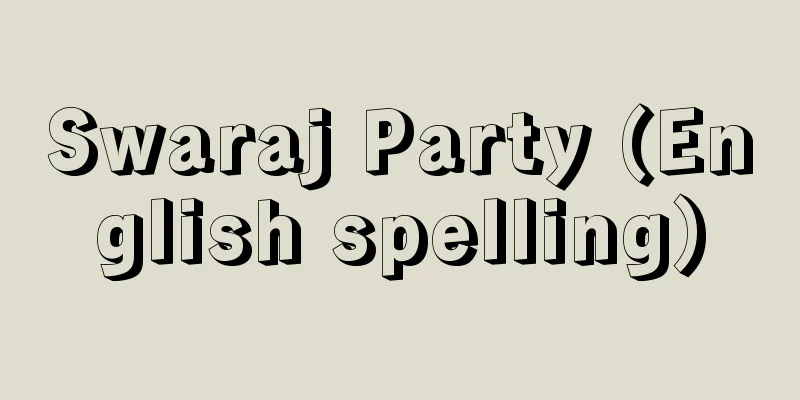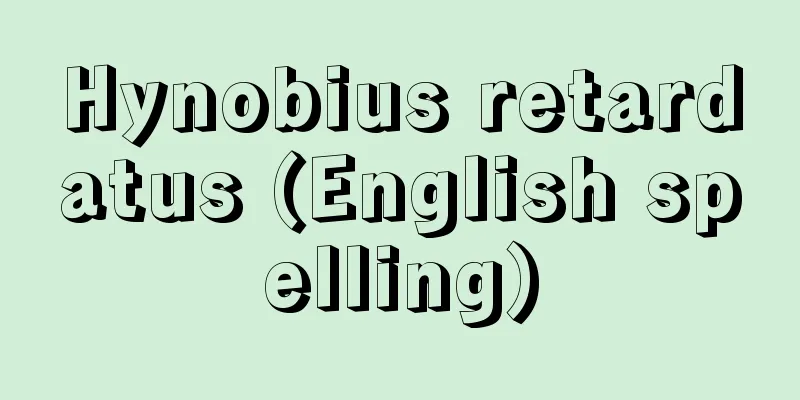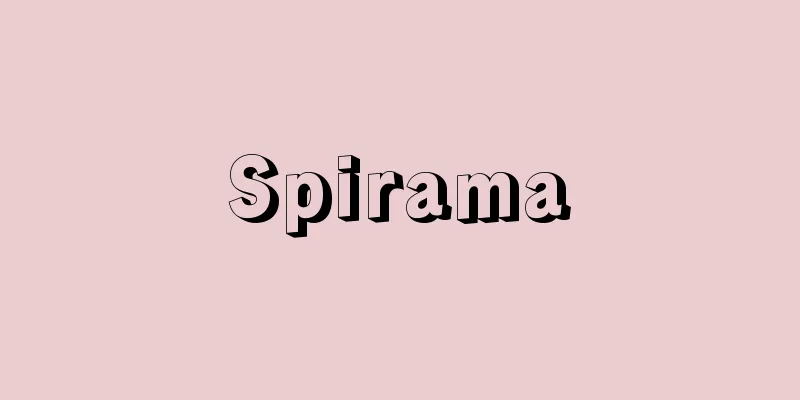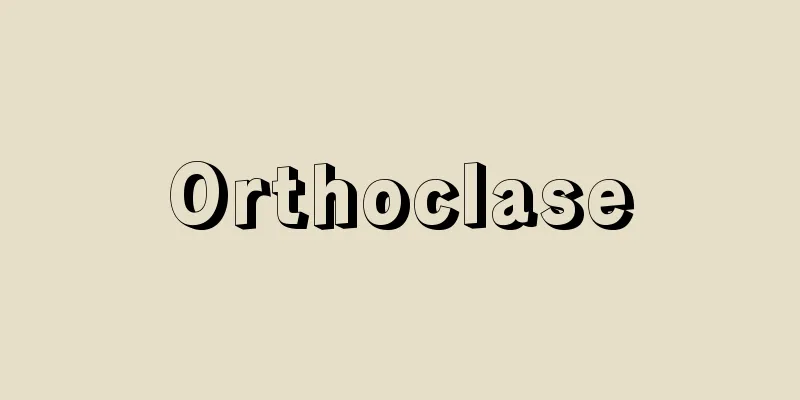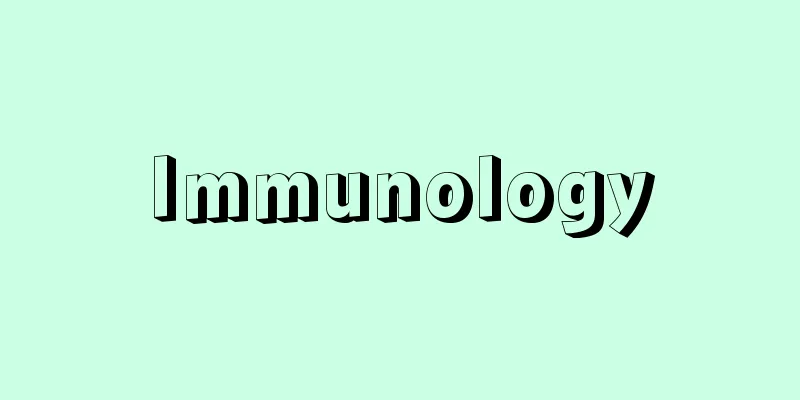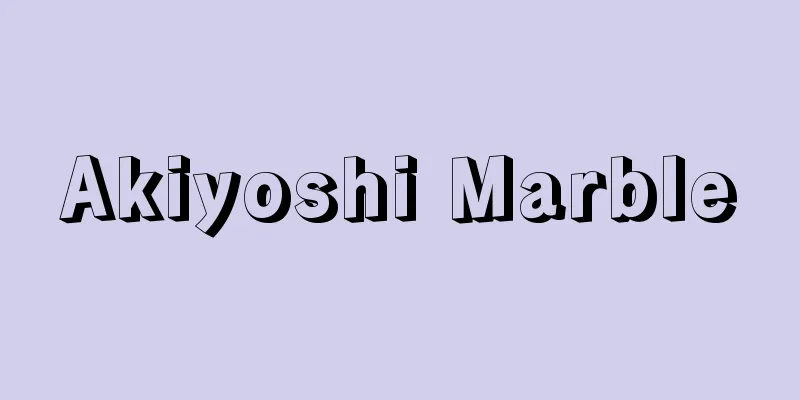Morita Therapy
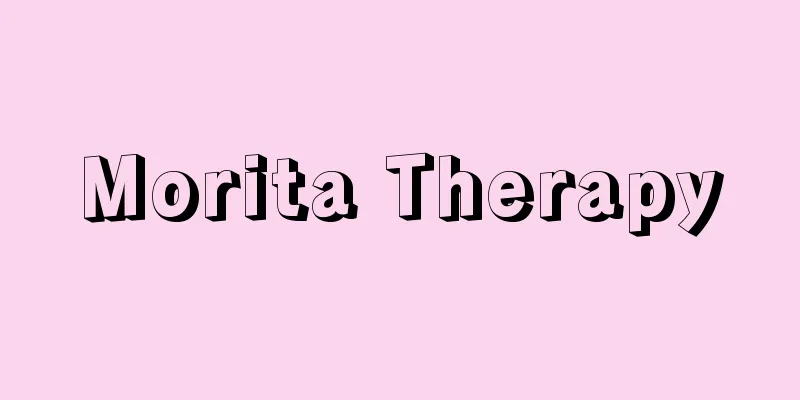
|
It is a type of psychotherapy for neurotic patients, developed around 1920 by psychiatrist Masatake Morita (1874-1938). The principle of treatment is to accept the symptoms (mood) as they are, without analyzing the unconscious or interpreting the content of the symptoms, but to give instructions on what to do and have the patient carry out the tasks in a goal-oriented and action-oriented manner, making it a directive psychotherapy. According to Morita's theory, neuroticism occurs when a person with hypochondriac tendencies (neurotic personality tendencies) is triggered to focus their attention on their own physical discomfort or psychological changes, and as they concentrate their attention more and more, their senses become more acute and the sense of discomfort increases, and their attention becomes more and more fixed on that point, resulting in a "preoccupation." In this way, attention and sensations alternately strengthen each other, fixing the symptoms. This is called psychic interaction, and the pathology is called Morita neurosis. In other words, hypochondriac tendencies and psychic interactions are considered to be the factors that cause neurosis, and triggers are merely triggers. Therefore, the goals of Morita therapy can be summarized as three: (1) the cultivation of the neurotic personality (hypochondriac tendencies), (2) the destruction of neurotic psychological mechanisms, mainly represented by psychic interactions, and (3) the expression of the desire for life (self-realization). A variety of approaches are used to achieve this, including experiential therapy, which involves accepting symptoms as they are, absolute bed rest, individual and group psychotherapy, occupational therapy, and diary instruction. Morita therapy can be performed on an outpatient basis, given the above-mentioned treatment goals, but the original method requires hospitalization. This is because it is easy to create a unique situation of stimulus isolation, which is absolute bed rest, because beneficial stimuli can be obtained by participating in a treatment group with a therapeutic atmosphere, and because it is easy to gain self-insight through interaction with others. The hospital stay is 40 days in the original method, but is generally 40 to 60 days. The first stage is a period of about one week of bed rest. The patient is isolated from all stimuli, and is prohibited from meetings, conversations, smoking, reading, watching television, and all other activities, and is forced to stay in bed almost exclusively except for eating and defecation. The purpose is to provide differential diagnosis, provide physical and mental rest, and allow the patient to experience immediate release from anxiety and pain. The second stage lasts for 3 to 7 days, and is essentially an isolation therapy. Socializing, talking, and going outside are prohibited, patients are restricted to seven to eight hours of bedtime, and they take outdoor baths during the day. Individual psychotherapy, centered on diary instruction, is the main focus. The third and fourth stages last one to two weeks each, and consist mainly of occupational therapy and group therapy. In other words, Morita therapy can be described as a comprehensive psychotherapy with a multifaceted approach. Morita Shoma was born on January 13, 1874 (Meiji 7) in Usada (present-day Noichi town), Fuke village, Kami county, Kochi prefecture. He graduated from the Faculty of Medicine of Tokyo Imperial University in December 1902 (Meiji 35), majored in psychiatry and studied under Kure Shuzo. He also participated in major reforms to the hospital system at Tokyo Sugamo Hospital, and in September of the following year became a professor at the Tokyo Jikei Medical College. In 1921 (Taisho 10), he was appointed professor at the same medical college, and retired in April 1902 as a professor emeritus. During this time, he was active in various roles, including director of the Morita Neurotic Research Institute, council member of the Japanese Psychiatric Association, advisor to Negishi Hospital, and editor-in-chief of the magazine Nekoshitsu. He also left behind many achievements, including research into neuroses, being the first to describe prayer psychosis as a psychogenic psychosis, and coming up with innovative ideas for discussing the psychopathology of paranoia through his research into the possession of dog spirits in Tosa. His new discoveries in the treatment of neuroses that were previously considered difficult to treat were recognized as having success through follow-up trials in the practice of many of his disciples, and Morita therapy has attracted international attention. The Morita Therapy Society is at the center of his research activities. [Kazuo Hasegawa] "The Nature and Therapy of Neurosis" by Morita Shoma (1960, Hakuyosha)" ▽ "Morita Therapy (Psychotherapy Series)" by Ohara Takeshiro et al. (1970, Bunkodo)" ▽ "Morita Shoma Biography" by Nomura Akitsune (1974, Hakuyosha)" ▽ "The Complete Works of Morita Shoma, 7 Volumes, compiled by the Morita Shoma Birth Centennial Commemoration Committee (1974-75, Hakuyosha)" ▽ "Introduction to Morita Therapy" by Hasegawa Kazuo (1993, Goma Shobo)" ▽ "Living as You Are" by Ohara Takeshiro (1994, Kodansha)" ▽ "The Age of Neurosis: Morita Shoma Within Me" by Watanabe Toshio (1996, TBS Britannica) Source: Shogakukan Encyclopedia Nipponica About Encyclopedia Nipponica Information | Legend |
|
神経症患者を対象とした精神療法の一つで、1920年(大正9)ごろ精神医学者森田正馬(まさたけ)(1874―1938)が開発したもの。治療原則は、無意識についての分析や症状の内容解釈などはせず、症状(気分)はあるがままに受け入れるが、やるべきことを指示して目的本位、行動本位に実行させることで、指示的な精神療法といえる。森田理論によれば、神経症はヒポコンドリー性基調(神経質な性格傾向)をもつ者が、なんらかの誘因によって注意を自分の身体の不調や心理的変化に向けるようになり、注意をますます集中することによって感覚が鋭敏化し、不調感が増大するとともに、注意はいよいよそのほうに固着して「とらわれ」がおこってくる。こうして注意と感覚が交互に強め合って症状を固定化させる。これを精神交互作用といい、その病態を森田神経質とよぶ。すなわち、神経症の発病因子としてはヒポコンドリー性基調と精神交互作用が重視され、誘因は単なるきっかけにすぎないとされる。したがって森田療法の治療目標は、〔1〕神経症的人格(ヒポコンドリー性基調)の陶冶(とうや)、〔2〕主として精神交互作用に代表される神経症的な心理機制の打破、〔3〕生の欲望の発揮(自己実現)の三つに要約される。その方法としては、症状をあるがままに受け入れる体験療法、終日ベッドに横たわる絶対臥褥(がじょく)、個人および集団精神療法、作業療法、日記指導など、多様なアプローチがなされる。 森田療法は、前記の治療目標を踏まえれば外来通院の状況でも可能であるが、原法は入院によって行う。それは、絶対臥褥という特有な刺激遮断の状況が設定されやすいこと、治療的雰囲気をもつ治療集団への参加によって有利な刺激が得られること、他者とのかかわりを通じて自己洞察を獲得しやすいことなどの理由による。入院期間は原法では40日であるが、一般には40~60日である。第1期は約1週間の臥褥時期である。患者はすべての刺激から隔離され、面会、談話、喫煙、読書、テレビその他いっさいの活動は禁じられ、食事と便通以外はほとんど臥褥を強制させられる。その目的は、鑑別診断、身心の安静、不安や苦痛に直面させて煩悶(はんもん)即解脱(げだつ)の体験を得しめることなどである。第2期は3~7日間で、大要はやはり隔離療法である。交際、談話、外出を禁じ、臥床時間を7~8時間とし、昼間は外気浴を行い、日記指導を中心とする個人精神療法が主体となる。第3期と第4期はそれぞれ1~2週間で、作業療法と集団療法が主体となる。つまり、森田療法は多面的なアプローチをもつ総合的精神療法ともいえるわけである。 なお、森田正馬は1874年(明治7)1月13日高知県香美(かみ)郡富家(ふけ)村兎田(現野市(のいち)町)に生まれる。1902年(明治35)12月東京帝国大学医科大学を卒業、精神医学を専攻して呉秀三(くれしゅうぞう)の指導を受け、東京巣鴨(すがも)病院の院内制度大改革にも参画、翌年9月東京慈恵医院医学専門学校教授となり、21年(大正10)同医科大学教授に任ぜられ、37年4月退職して名誉教授となる。その間、森田神経質研究所長、日本精神医学会評議員、根岸病院顧問、雑誌『神経質』主幹などとしても活躍する。また、神経質症の研究をはじめ、祈祷(きとう)性精神病を心因性精神病として初めて記載、土佐の犬神憑(つ)きの調査研究からパラノイアの精神病理を論じて新機軸を出すなど数多くの業績を残した。とくに難治とされていた神経症治療に対する新発見は、多くの門下の実践追試によって実績が認められ、国際的に森田療法として注目されるに至った。研究活動の中心に森田療法学会がある。 [長谷川和夫] 『森田正馬著『神経症の本態と療法』(1960・白揚社)』▽『大原健士郎他著『森田療法〈サイコセラピー・シリーズ〉』(1970・文光堂)』▽『野村章恒著『森田正馬評伝』(1974・白揚社)』▽『森田正馬生誕百年記念事業会編『森田正馬全集 全7巻』(1974~75・白揚社)』▽『長谷川和夫著『森田療法入門』(1993・ごま書房)』▽『大原健士郎著『あるがままに生きる』(1994・講談社)』▽『渡辺利夫著『神経症の時代 わが内なる森田正馬』(1996・TBSブリタニカ)』 出典 小学館 日本大百科全書(ニッポニカ)日本大百科全書(ニッポニカ)について 情報 | 凡例 |
Recommend
Attack on Kishu - Kishuzeme
...The Negoro and Saika groups are also famous as...
Goban Tadanobu - Goban Tadanobu
[Noun] A general term for the joruri and kabuki pl...
Koyo Kawamura
1897-1946 A composer from the Showa period. Born ...
Galactic nebula
Interstellar matter in the Milky Way, consisting ...
Tateiwa ruins - Tateiwa ruins
A collective term for a group of ruins from the e...
Fukatsu City - Fukatsu City
An ancient Japanese market. According to the 27th...
Dizziness, Vertigo
How dizziness occurs In order to maintain balance...
Public land exchange
This refers to the process of determining the layo...
Supersaturated solid solution
… When an Al-4% Cu alloy is held at 500°C, a soli...
dopolavoro
… [Organizing public consent] Fascism focused on ...
Kaguradai - Kaguradai
...It occupies the center of a series of basins s...
Aggregate social capital
In capitalist society, individual capital is the e...
Scarabaeus typhon (English spelling) Scarabaeustyphon
…[Shinichi Nakayama]. … *Some of the terminology ...
Fixed-term bill buying market - Kigentsukitega takaisoba
…The exchange rate applied to transactions betwee...
Edward Bradford Titchener
American psychologist. Born in England. A student...

